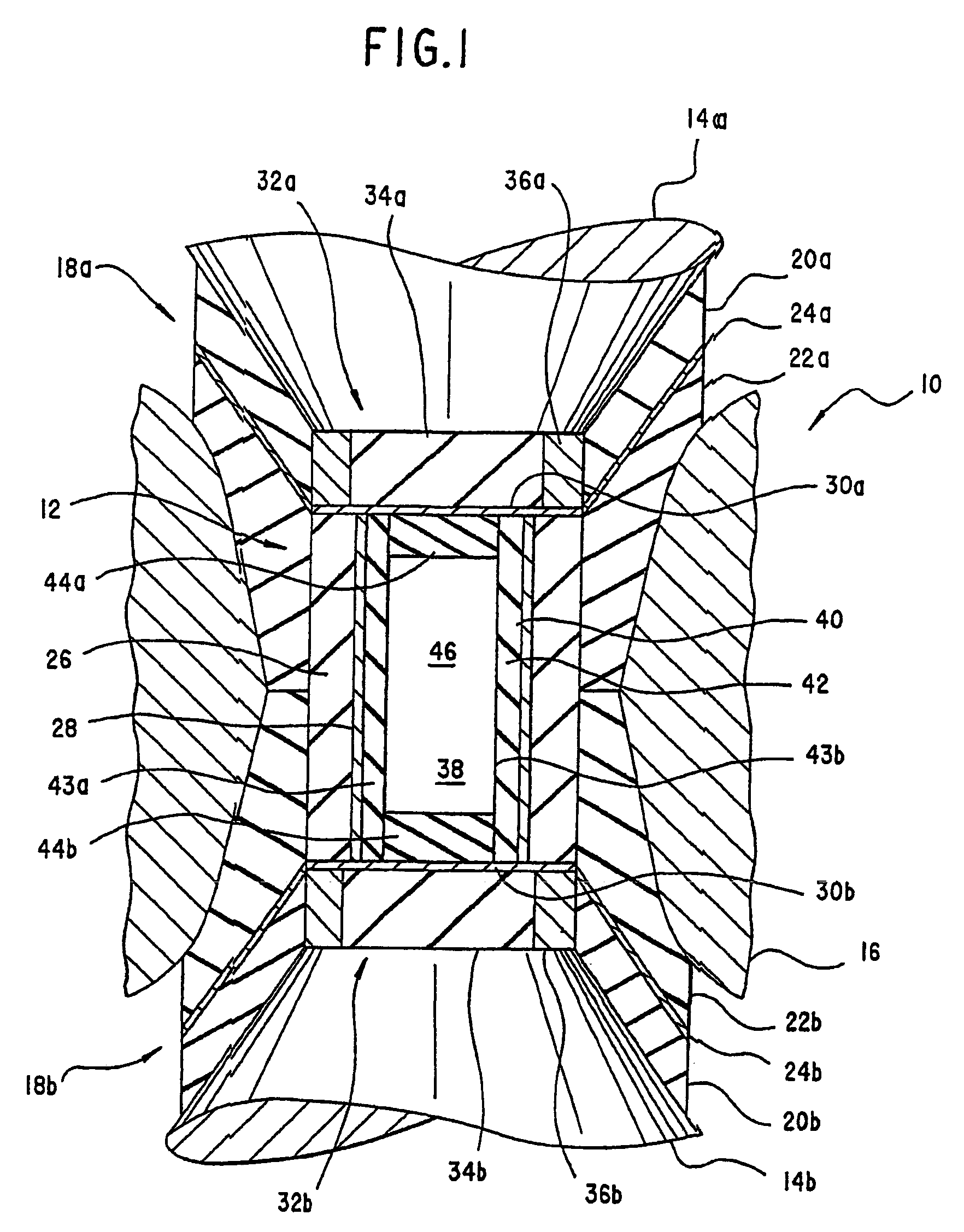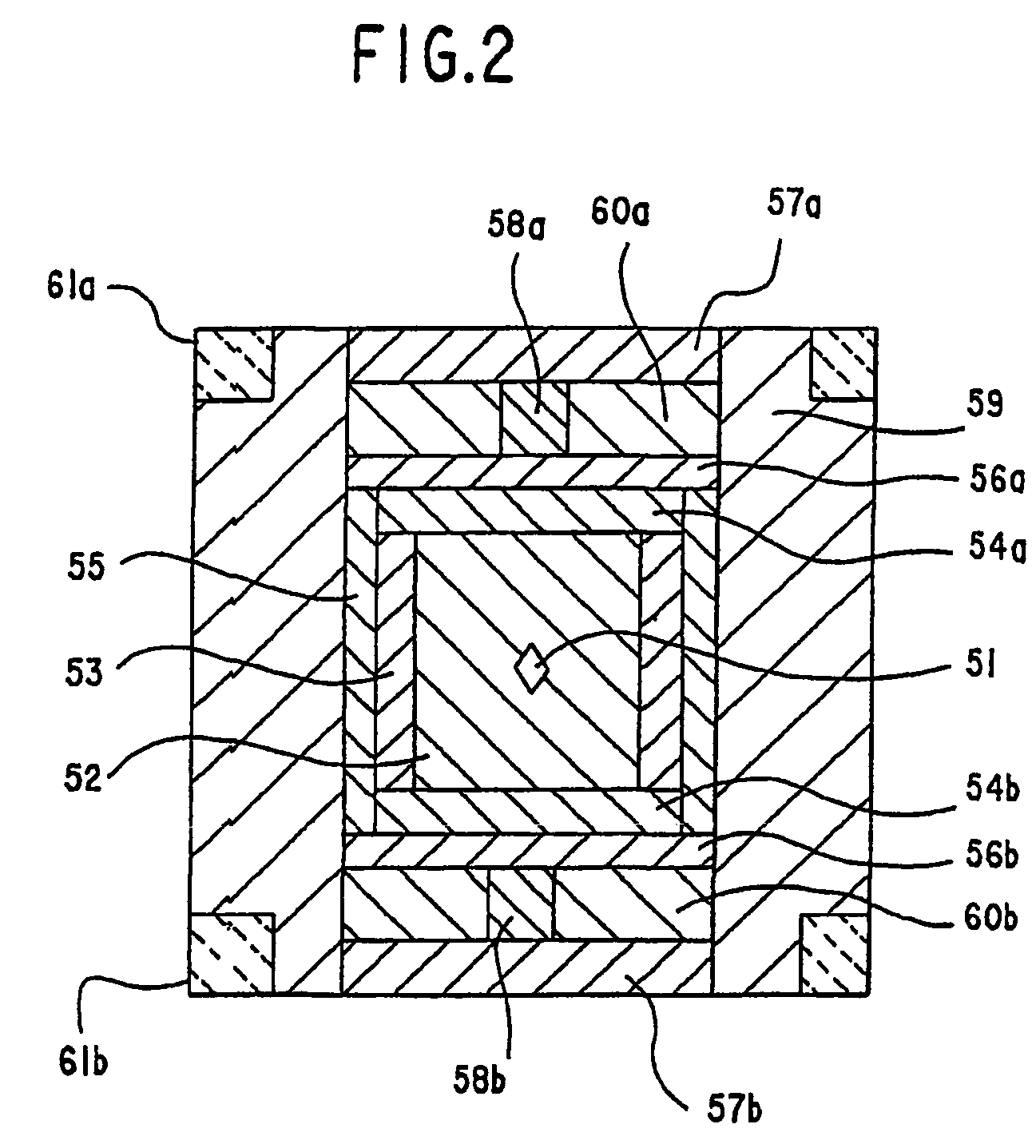High pressure and high temperature production of diamonds
a production method and high temperature technology, applied in the field of production of gem quality diamonds, can solve the problems of significant reduction of the market price of diamonds, inability to determine the color center, and considerable reduction of the value of diamonds, so as to reduce the cracking and breakage of diamonds, increase the overall yield of the process, and maintain the mechanical and structural integrity of the color-improved
- Summary
- Abstract
- Description
- Claims
- Application Information
AI Technical Summary
Benefits of technology
Problems solved by technology
Method used
Image
Examples
examples
[0040]In the examples, annealing of natural diamonds was done under high temperature and high pressure conditions using a belt type apparatus which is capable of reaching very high pressures (˜60 kbars) and temperatures (˜2600° C.). Diamond annealing in accordance with the present invention is illustrated in the examples using the following cell arrangements and operating conditions.
[0041]The reaction cell assembly is schematically shown in FIG. 2. A preblocked diamond crystal 51 is placed inside cylindrical pill 52 which is made of high purity graphite or sodium chloride powder. The diamond crystal 51 is preblocked to remove material by laser. Graphite is preferred because it does not melt during high temperature annealing. Pill 52 has the following dimensions: diameter of 0.76 inches (19.3 mm) and height of 0.86 inches (21.8 mm). Pill 52 is made by compacting the graphite powder and diamond crystal 51 in a hydraulic press. Pill 52 is placed within magnesium oxide tube 53 which is ...
example i
[0044]A preblocked Type IIa natural rough diamond weighing 3.49 carats and being brown in color was embedded inside a graphite pill made by pressing high purity graphite powder. The diamond was annealed at ˜60 kbars and 2450° C. for 6 minutes. The diamond crystal was recovered and visual examination showed that its color had changed to clear or colorless.
example ii
[0045]A preblocked Type IIa natural polished diamond weighting 3.29 carats and brown in color was placed inside a pill made by pressing high purity sodium chloride powder. The diamond was annealed at ˜60 kbars and ˜2500° C. for 6 minutes. Visual examination of the recovered diamond showed that the color had changed to clear or colorless.
PUM
| Property | Measurement | Unit |
|---|---|---|
| temperature | aaaaa | aaaaa |
| temperature | aaaaa | aaaaa |
| temperatures | aaaaa | aaaaa |
Abstract
Description
Claims
Application Information
 Login to View More
Login to View More - R&D
- Intellectual Property
- Life Sciences
- Materials
- Tech Scout
- Unparalleled Data Quality
- Higher Quality Content
- 60% Fewer Hallucinations
Browse by: Latest US Patents, China's latest patents, Technical Efficacy Thesaurus, Application Domain, Technology Topic, Popular Technical Reports.
© 2025 PatSnap. All rights reserved.Legal|Privacy policy|Modern Slavery Act Transparency Statement|Sitemap|About US| Contact US: help@patsnap.com


